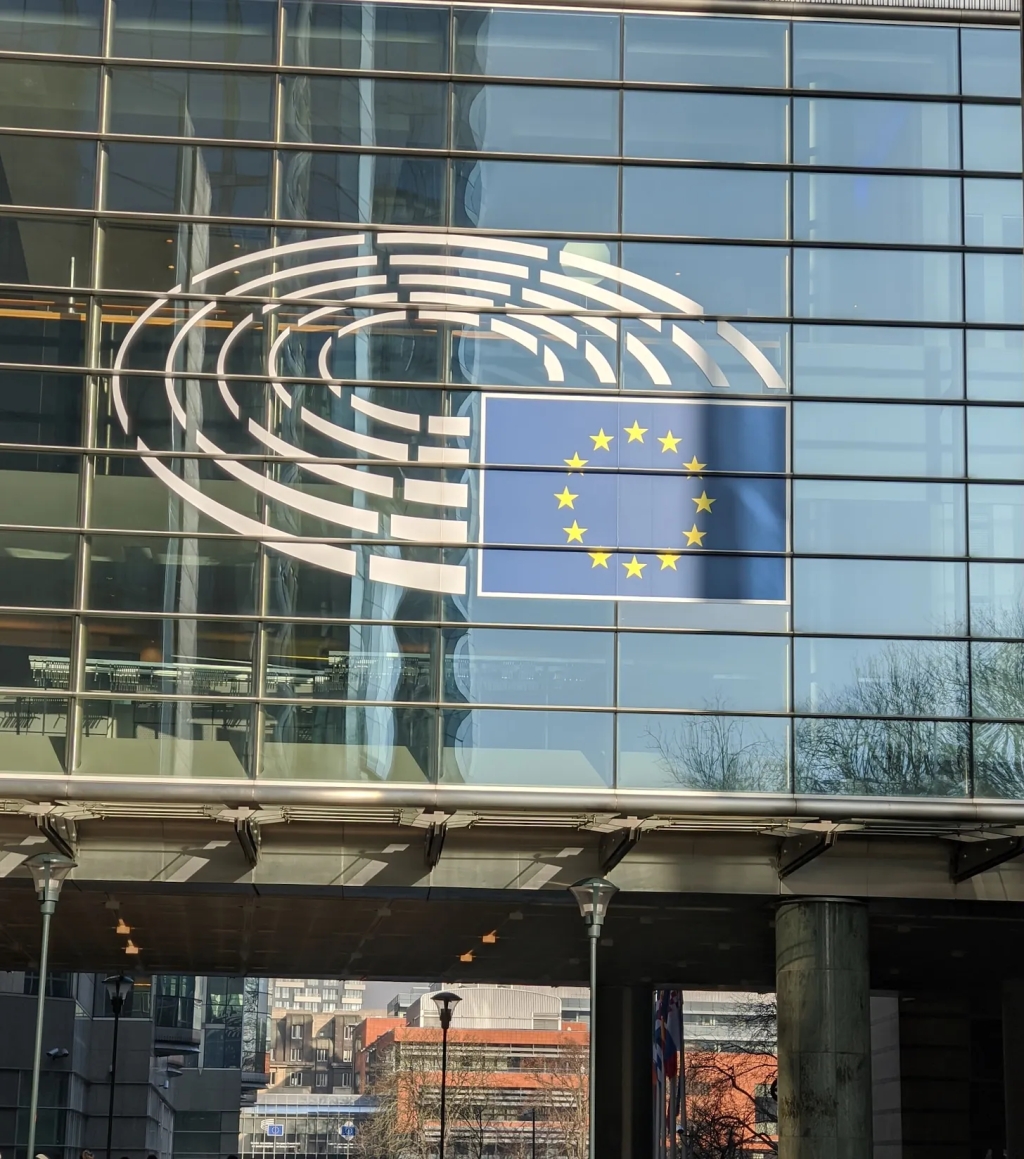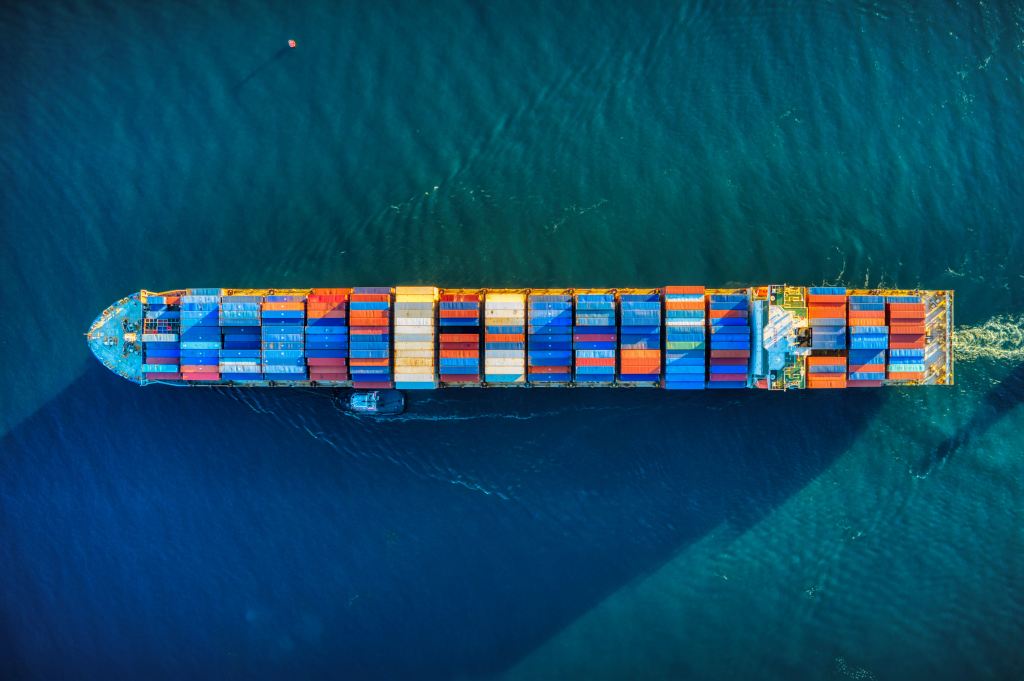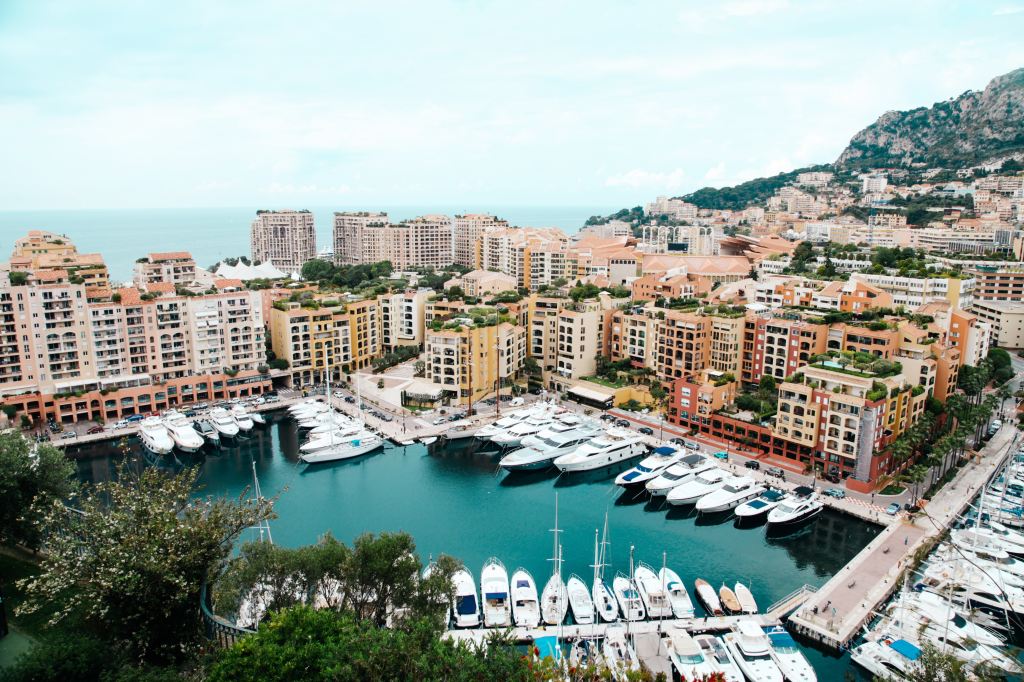Kirsty Hughes writes that the overarching lesson from the 1990s is that boldness and scale can work.
Two decades ago, EU enlargement was often referred to as the European Union’s best foreign policy tool as the EU drew in ever more countries to its orbit, peaking (pre-Brexit) at 28 members. The new member states found economic and political benefits of being in the club from large markets and structural funds to support for the consolidation of new democracies. And the EU managed to amend its processes and institutions and keep going.
Yet today, commentators line up to decry, once again, the EU’s foreign policy weakness – its divisions and lack of influence from Israel-Palestine and the bombardment of Gaza to Azerbaijan’s ethnic cleansing of Nagorno Karabakh. The recent UN resolution on Gaza, passed with 120 votes – the EU member states voted 8 for, 4 against and 15 abstentions.
Still, in the face of Russia’s war against Ukraine, the EU has mostly succeeded in following through on declarations of support – from hosting around 4.1 million Ukrainian refugees to using the European Peace Facility to reimburse member states for ammunition donated to Ukraine. In June 2022, the EU gave Ukraine candidate status in its bid, launched by President Zelensky, to join the Union.
On 8th November, the European Commission will release its annual accession reports on the candidate countries and is expected to recommend opening talks with Ukraine and Moldova – subject to conditions on progress in various areas. At its December summit, the EU will have to decide unanimously to endorse this or not. Yet, as the war continues, it is hard to imagine, given the high politics involved, that the EU’s leaders can do anything other than agree to open talks.
Enlargement Energising the Union?
It certainly looks as if the EU is in one of its dynamic accession phases as discussions take-off on how an enlargement encompassing not only Ukraine but potentially Moldova, Georgia, and the six western Balkan countries could happen, what it will cost, and how EU internal structures will need to change if it is to operate with 36 member states. There are discussions (once again) on the size of the European parliament and Commission to moving to majority voting on tax and foreign policy (tricky) to the old chestnut of a multi-speed Europe. And, on timing, Charles Michel, European Council president, shocked many in August when he said the EU should be ready to enlarge by 2030.
But this looks like an enlargement like no other given the driver of this renewed dynamic is the war in Ukraine. How and when will the war end? What will Ukraine’s reconstruction needs be by then? What will the wider region, including Russia, look like? The EU itself was, of course, founded out of the destruction of the second world war. But the Union’s enlargement record after the devasting wars in the former Yugoslavia in the 1990s is not good, with only Slovenia and Croatia having joined the EU since then.
The EU’s enlargement high point was surely 2004 when 8 of the central and eastern European candidate countries joined together with Cyprus and Malta. And in a brave but rapidly undone spirit of creating a truly strategic EU, the 25 leaders agreed, in December 2004, to open talks with Turkey (which did happen in 2005 but then rapidly stalled). As events unfold today, might this new enlargement push stall too in the years to come? For now, the signs are more positive than that but plenty of hurdles lie ahead.
The EU’s on and off Enlargement Phases
Down the decades, the EU has waxed hot and cold on enlargement. In its first 15 years, the EU rejected enlargement altogether (with France’s veto of the UK), moving on to a slow but steady enlargement to six states in the two decades after 1973.
It is the years from 1995 to 2004 that stand out as the enlargement decade. It saw enlargement take off as 13 new states more than doubled the EU’s numbers to 25. It could even have hit 28 then if Switzerland and the European Economic Area three had followed the other former EFTA states into the EU.
Then it all went off the boil and has stayed so until now. The EU rather slowly and reluctantly brought in Bulgaria, Romania and Croatia from 2007-2013, while freezing talks with Turkey. And the last decade (apart from Brexit) has been characterised by stonewalling on the western Balkans, its difficult politics seen as too much as the EU grappled with other crises from the euro to migration to Brexit.
Lessons from the 1990s
Europe, and the world, are in a very different, more disturbed place now compared to the 1990s. The positive hopes after the Berlin Wall came down in 1989 and the Soviet Union broke up in 1991 are a long way from today’s global power shifts and unfolding polycrisis. But perhaps the politics of enlarging towards Ukraine can, once again, show the value and power of enlargement as the EU’s best foreign policy tool in its region.
EU accession is always a complex mix of politics and process. As any new member state can attest, the process of negotiations with Brussels are detailed, slow and painstaking as the EU’s every-growing legislative acquis is taken on board and politics and economics scrutinised. The EU’s politics, varying across its member states, is always there sometimes driving the process, other times hiding behind it.
Three big lessons emerge from the 1990s process of bringing in the central and eastern European member states, alongside Cyprus and Malta.
1. Politics Dominates; Process Drives
Probably the biggest lesson from the 1990s is the powerful interaction of politics and process.
In hindsight, the ‘big bang’ expansion of the EU in 2004 adding ten new member states in one go, looks bold and strategic as a response to the fall of the Berlin Wall. But the EU politics of that 15 years was more divided than it seems looking back. Among the big member states, German, Italy and the UK were much more pro-enlargement as a political response to the new Europe while France and some of the smaller original member states – the Netherlands, Belgium and Luxembourg – were more lukewarm.
Germany’s reunification had already altered the balance of power in the EU and France didn’t want to see that further reinforced through eastward enlargement. And there was a genuine concern, as today, to ensure the EU could cope with doubling its membership. All of this and more, drove the push towards a series of EU treaties – Maastricht, Amsterdam and Nice – before the 2004 big expansion. The euro, Schengen, and more qualified majority voting all came out of this drive (with the UK accruing its opt-outs en route – and widely perceived as backing enlargement to widen and weaken the Union).
As these political debates and treaty reform drives went on through the decade, the EU chose not to offer the central and eastern European countries some form of political membership early on. Rather, a process got under way. The Copenhagen Criteria were agreed at a summit in 1993 – setting out political and economic criteria before countries could even become candidates for membership. And association agreements were also agreed rapidly after 1989, offering some access to EU markets, some funding too.
These process steps were, in many ways, part of doing something while moving fairly slowly to enlargement, as the EU focused on its own internal reforms. Meanwhile, apart from the three Baltic countries, other countries further east, notably Ukraine, were discouraged from being part of an EU accession process.
As the central and eastern European countries put in EU membership applications and got on with preparations, another political debate took place over whether to bring all these countries in together – a ‘big bang’ enlargement – or to go for a slower ‘regatta’ approach, as each country merited it. A compromise emerged, with talks finally starting with those states deemed more advanced/ready in 1998. But the political pressures grew and the other half of the group of candidates started talks two years later in 2000.
Finally, process and political dynamics came together and drove a ‘big bang’ enlargement of all ten states after all in 2004 (albeit without Bulgaria or Romania until 2007). It was messy at the time but it was a success. Politics evolved both as the EU reformed itself and as process created new facts on the ground. Process can, then, both slow things down yet finally drive accessions and political consensus through too.
2. Internal Reforms: Messy and Muddling Through
The EU’s reform processes, and the complex politics of treaty change often look, and are, extremely messy, with late night summits, delays, and more. But, by 2004, the EU had changed a lot internally and had enlarged.
Some issues in EU reform turn out to be more neuralgic than others. Efforts to limit the size of the European Commission, for instance, have fallen foul of member states’ political determination to have a commissioner each. And budget negotiations both vis-à-vis enlargements and for the EU’s multi-year budgets are never pretty. Ad hoc solutions and transition periods were both seen as the 2004 enlargement came through. So, the EU decided to bring in the whole of the divided island of Cyprus with the EU’s acquis suspended in the northern part of the island. And, of course, back in 1990 the former East Germany, through German reunification, had become part of the EU without meeting its acquis at the time either. These were rare, politically-driven decisions that may or not be relevant to the future Ukrainian accession process but do show the EU in flexible mode.
Free movement of people was also limited for up to 7 years at the start of the 2004 enlargement by most member states though not by the UK or Sweden. And in the brief window when Turkey’s accession was being seriously considered, there were some behind the scenes discussions about whether there could be a one to two decades long (or more) suspension of free movement. Again, whether this would apply to Ukraine or other candidates given, on the one hand, the EU’s migration neuralgia and, on the other hand, its demographic challenges, is an open question. But 4.1 million Ukrainian refugees have been taken in since 2022 without the sort of populist reactions that we see in the case of cross-Mediterranean asylum-seekers.
In the end, the process of EU reform is never over. Even as the big bang enlargement went ahead, the EU had launched a bold process to agree a constitutional treaty. But this was stopped in its tracks when French and Dutch voters rejected it in referendums in 2005. The Lisbon Treaty then brought back, in deliberately technical form, most of the changes that had been in the constitutional treaty, and so the EU wagon train moved on.
Lessons from this for the future tell us that reform is messy, difficult, never achieves everything it sets out to but does happen. And where accessions raise or create other neuralgic points that reform hasn’t or can’t deal with, then there are other ad hoc ways through, before and after, that the EU has a history of managing (well or badly).
3. Strategic EU or Too Big EU?
Did the 1990s accession dynamics and the 2004 enlargement undermine the development of a strategic EU or help to drive it? Or perhaps neither?
The EU, by 2004, was bigger in terms of member states, population, and economy. In principle, it had, then, more clout. And it had shown its ability to respond to the big historic shifts marked by the fall of the Berlin Wall – albeit it failed in the face of the 1990s wars in the former Yugoslavia.
The bigger EU was more diverse – economically, politically, socially. Its borders had changed and expanded. Yet the EU had brought in the euro, changed its internal processes, brought in the ‘border-free’ Schengen area and wider cooperation on justice and home affairs. By the time the Lisbon treaty came in, it had a new semi-permanent president of the European Council and a new foreign affairs supremo.
Perhaps unsurprisingly, as recent events have shown, having twin presidents of Commission and Council, a foreign affairs supremo between the two, and a new European diplomatic service (the EEAS) has not notably increased or streamlined the EU’s geopolitical clout or made its common foreign policy much more common. And the rule of law challenges in the last decade from both Hungary and Poland have raised major problems that the EU has struggled to tackle effectively.
But the EU clearly is the dominant organisation in Europe. The new European Political Community set up last year to encompass non-EU states in a twice-yearly summit rather underlines this. Of the up to 47 states invited, the EU 27 are joined by 9 EU candidate and potential candidate countries, by the 3 EEA states and Switzerland, by some micro states and by the UK, Azerbaijan and Armenia. What the EU does with its regional power of attraction, its large economic size in global trade terms, is another question. But enlargement has both reinforced the EU’s power while inevitably, through its diversity, making it, in other ways, more challenging to be an effective global player.
What Now for Ukraine and the Other Candidates?
Will the next decade be another period of dynamic enlargement for the EU, delivering perhaps 9 new member states by the early 2030s? Or will the dynamic peter out as it did in the last 20 years?
There is a mantra in Brussels that there is no such thing as a fast-track enlargement. Every candidate must follow the EU’s rules and negotiate its way through the 35 or so chapters of the accession talks. But politics and process, as the last decades show, can and will intervene either to speed up, slow down or stall enlargement dynamics.
Politics is clearly driving the speed with which Ukraine and Moldova have become candidate countries and politics is likely to push the EU on to agreeing to open accession talks at the December summit. But what will happen then? The process could take over, could slow accession down, or the process and politics together may create new facts on the ground that drive a rapid accession process. For now, politics is driving things forward much faster than in the 1990s. But there is more politics, and much process, to come.
But, wherever the war in Ukraine goes next, the EU cannot afford politically to cold shoulder Ukraine. It can’t stall the accession process as it did with Turkey or run it slowly into the ground as it has been doing with the western Balkans. Internal EU reforms may slow things down. But the 1990s again show that reform can happen relatively fast and even in parallel with fairly swift accession talks.
And the 1990s show there are a range of ways through tricky and politically neuralgic issues whether through transition periods or specific, ad hoc ways round. Whether the very difficult example of the accession of the divided island of Cyprus points a way for Ukraine is a big question, but it shows the EU (for better or worse in that case) has not baulked at bringing in a divided territory. Budgets, agriculture, vetoes, multi-speed Europe will all come in too. But the EU has, however messy, a history of muddling eventually through all these politically difficult issues.
Does this mean by 2030 or 2035 the EU will have nine new member states? Clearly not. The renewed enlargement dynamic, driven by Ukraine, may or may not spill over to the western Balkans. Kosovo (and Georgia) remain only potential candidate countries. Politics within and between the other 5 Balkan candidate countries are complex and difficult. EU reluctance and/or inability to bring any real positive momentum to their accession processes does not engender optimism for the future.
Yet an EU enlargement process that brought in Ukraine and Moldova, as member states, by 2030 or soon after but still left the western Balkans in a semi-isolated stand-off is a recipe for trouble. And the renewed enlargement dynamic may start to spill over to the Balkans more positively.
In the end, the overarching lesson from the 1990s is that boldness and scale can work. Politics, process, reform, and real strategic direction is what the EU will need if it’s to bring off its biggest enlargement challenge yet. The EU is not in control of all the elements in this changing enlargement dynamic. But it has control over its own political choices, over how its processes unfold, and where it can and must use its political clout. If the EU’s foreign policy is faltering elsewhere, this new eastward enlargement must show that it is once again one of the best tools of the EU’s foreign policy.
Dr Kirsty Hughes has been writing and researching European politics for three decades. Kirsty is a member of the UCL European Institute Advisory Board and has collaborated with the UCL European Institute on Regional and small state influencing in the EU, under our Jean Monet Centre of Excellence Programme (2019 – 2022).
This piece was first published on Kirsty’s substack and has been reposted to the UCL Europe Blog.
Note: The views expressed in this post are those of the author, and not of the UCL European Institute, nor of UCL.





Leave a comment